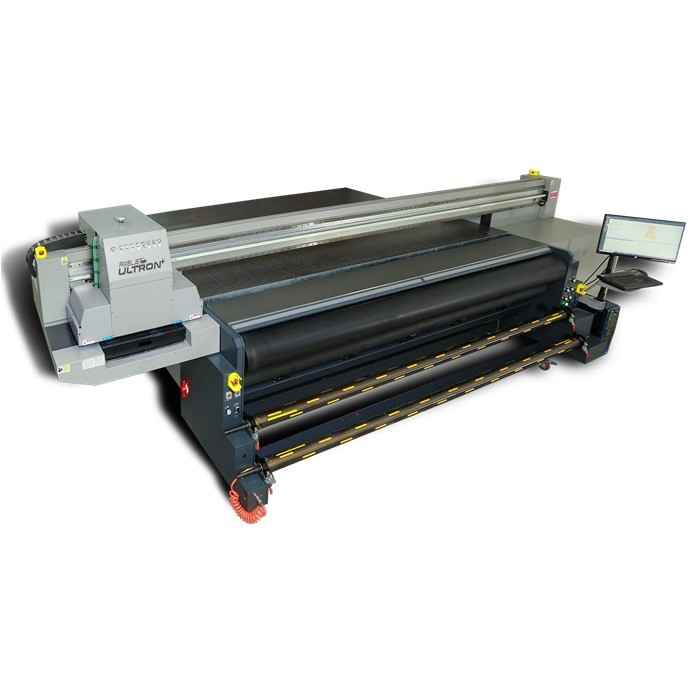Monotech Systems to showcase Digital Printing and Print Enhancement Solutions at Printpack 2022
New Delhi, May 15, 2022: With two booths at the show, Monotech will display a complete range of Digital Printing (Label, Commercial & Publishing), Digital Print Enhancement, and Super Wide-format UV Inkjet Printing, Large format Scanning & Printing solutions.
Highlights:
- JETSCI® knowzzleJet High-speed Inkjet Web Press – Color – New Launch
- JETSCI® knowzzleJet High-speed Inkjet Web Press – Monochrome
- Ricoh Pro C5300S Color Digital Production Press
- Ricoh Pro C7200 Color Digital Production Press
- Ricoh C9200 Color Digital Production Press
- Ricoh 8300 Monochrome Digital Production Press
- PixelGlow UV and Foiling System – New Launch
- Pixeljet® miniRTR 6ft. UV LED Roll-to-Roll Printer
- Pixeljet® UVmini Entry-level UV Flatbed Printer
- Canon PlotWave 3000 Laser Multifunction System
- Canon TM 5300 Large Format Printer

Sample Gallery
- Digital Printing – Rioch
- Digital Print Enhancement – Scodix & PixelGlow
- UV Inkjet Printing – Pixeljet

“Print Pack is happening after a gap of three years. We have high expectations and see this as a great opportunity to showcase our new products and capabilities and establish a physical connection again with the wider market. Our capability in digital space has grown exponentially. Association with Ricoh, Japan last year in digital production printing space, development of Colour Inkjet Web Press – KnowzzleJet under our brand JETSCI®, new products from the global market leader in digital print enhancement – Scodix coupled with our latest offering for the entry-level market – PixelGlow in the same space, Super wide-format UV inkjet printing under our brand Pixeljet, we are well-positioned and able to provide solutions that can transform the print business. We are very pleased to present a complete spectrum of Digital Printing and Print Enhancement solutions with unlimited possibilities at our booths.” Said Tej Prakash Jain, Managing Director
“The industry was just coming out of Covid impact, the global turbulence and inflationary pressure in the economy have come as speed breakers. The Indian economy is inherently resilient and will soon overcome these hurdles and obtain a high single-digit GDP growth to become the fastest-growing major global economy soon. Technology will be a big enabler for every business and printing will not be an exception. Print on Demand, Print Enhancement, Packaging, Label, and Industrial Digital Printing will be high growth areas in the coming years. Innovation and Differentiation will be key success factors for any Enterprise. We have excellent and proven solutions for Commercial Offset Printers & Printshops ( Prepress, Post-press, Digital Printing and Enhancement), Publishers & Security Printers (High-speed Laser/ Inkjet printing in mono and colour, VDP hybrid solution), Label Printers ( Digital UV inkjet printing with converting, finishing and Enhancement), Industrial Printers – Signage, Glass, PVC, Acrylic etc ( UV inkjet printing – flatbed, R2R and Hybrid), Corporates, Manufacturing & AEC Companies ( Large Format Printing and Scanning solutions). We provide tomorrow’s technology today and enable our customers a faster go to market. Print Pack India is the biggest exhibition for our industry, and we look forward to a meaningful interaction with our customers in different market segments and close handsome business deals at the show, “he added.
Monotech Systems would be available at two booths at Print Pack India i.e., Hall A, Booth# E-19B and Hall C, G-33.






















